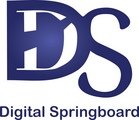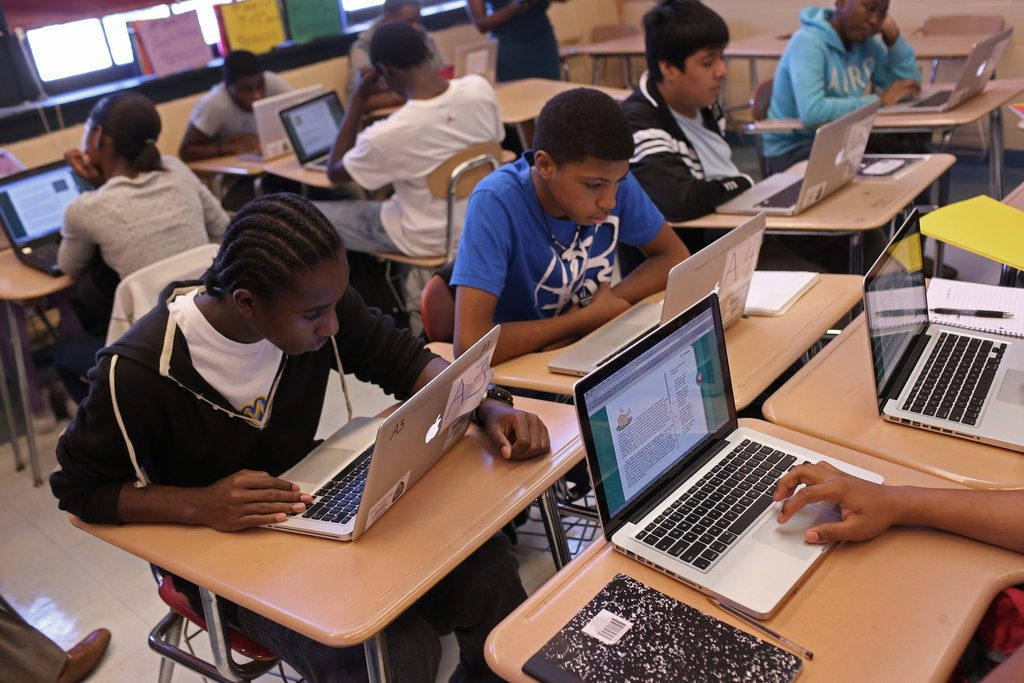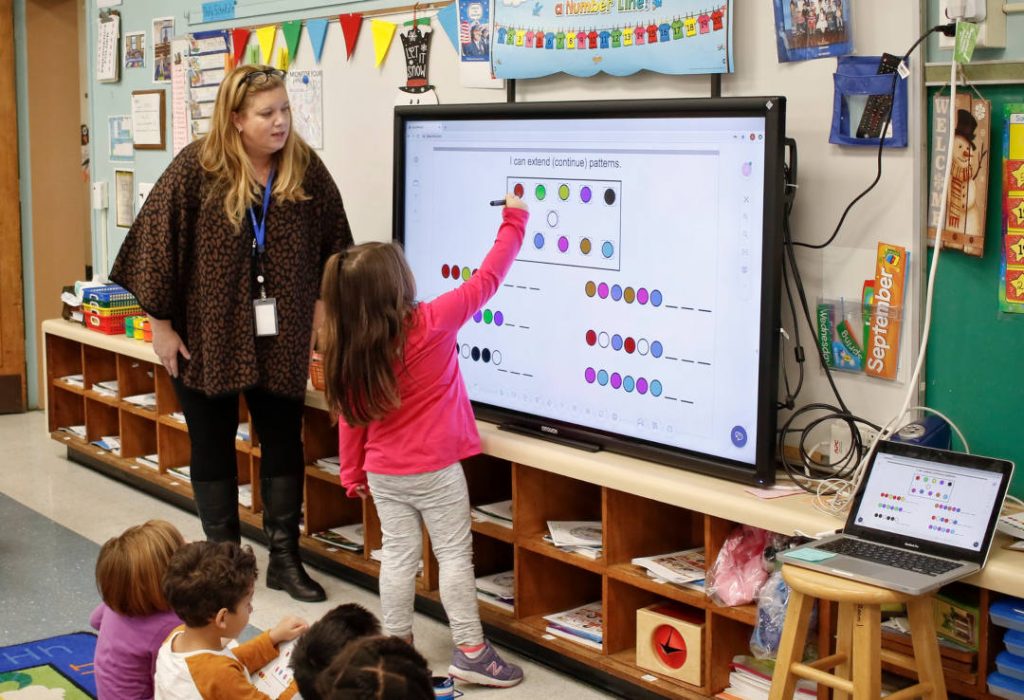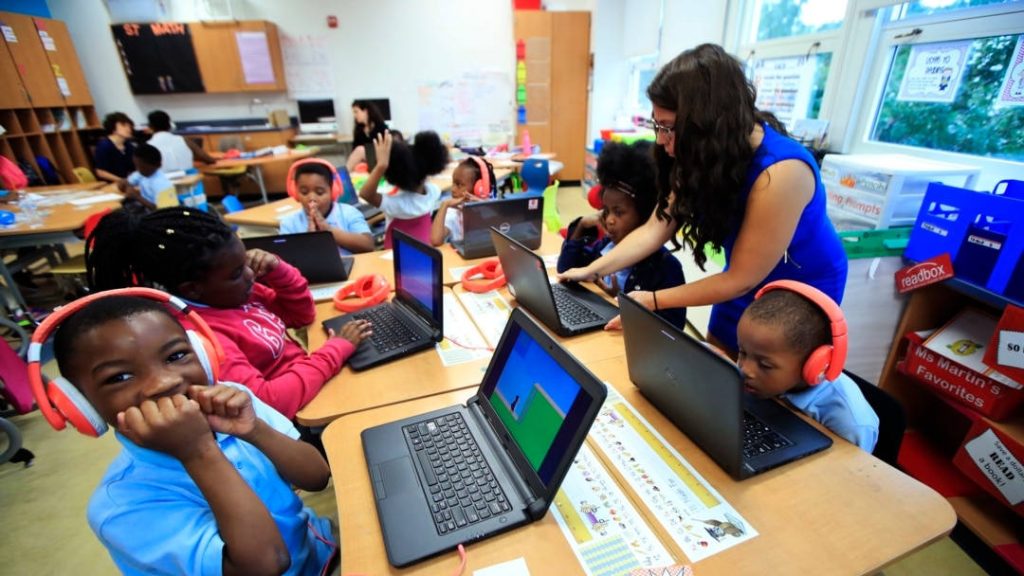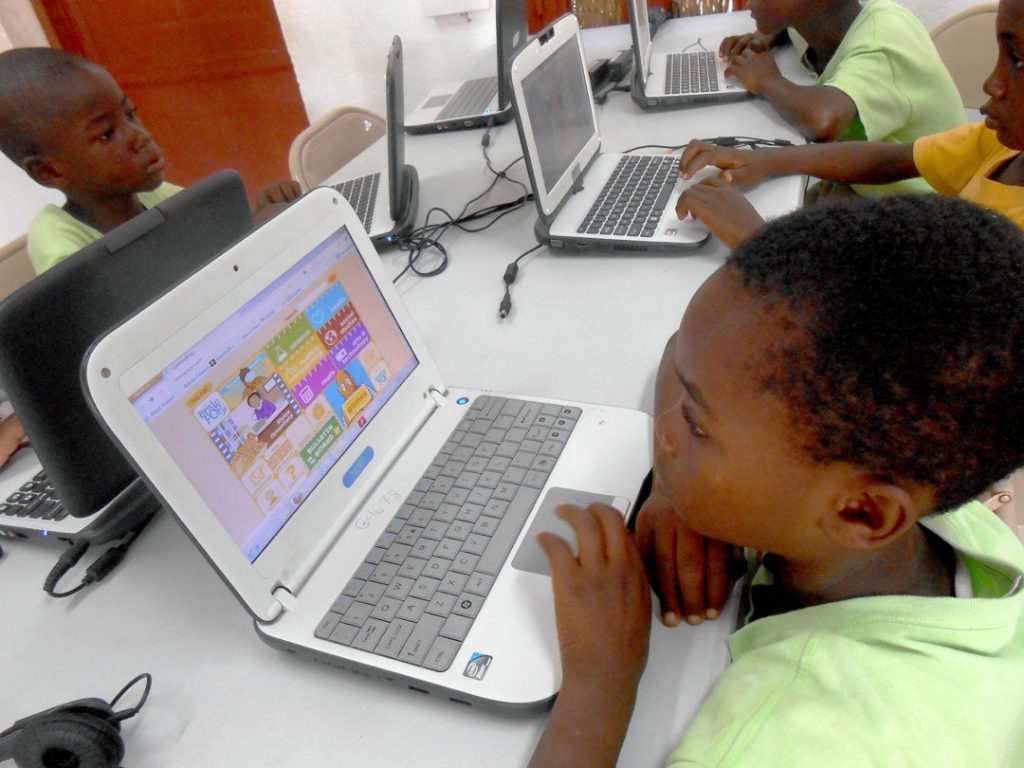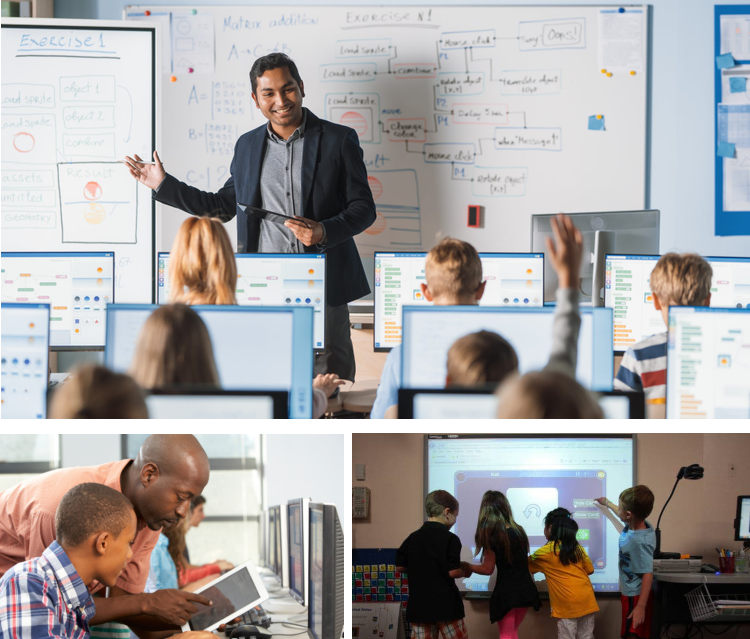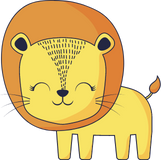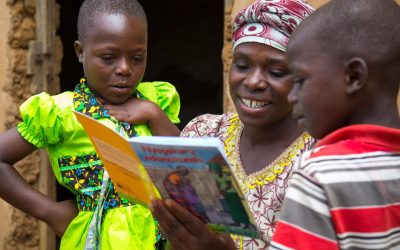The reason why it was so attractive in the beginning was the idea of bringing imagery to life so that a child would be able to apply a visual association with every lesson. This was the dream, the reality was not that easy to come-by. Unlike education, Edtech in most countries has no rules, the platforms carry content however the content ethicacy in many instances has no policies by which to conform. Edtech resources in most cases are untested for pedagogy driven outcomes and operate very much like a television resource. Television is an entertainment channel and does not need to meet education outcomes, Edtech however, should be held to a higher standard.
The quality of what sits on Edtech platforms has been flagged for many years now by teachers. It is challenging to align the digital resources to lesson plans in order to meet the desired learning outcomes.
Economics aside, technology needs to be applied to the classroom and to do so successfully we require policy that ensures that the resources procured by schools are adding educational value.
Consideration needs to be given to the level of technologies required, at the different growth milestones of a learner as well as the user interface functionality. Is the technology inclusive of more learners or excluding more learners. Most users would automatically assume that technology helps with inclusive education, however for this to be the outcome the technology needs to be scoped correctly. Helping sight challenged learners requires audio with clear sound on minute elements that might not have been considered for an able body learner. Likewise, technology that is noisy without warning tends to shock and over stimulate younger learners, distracting from the core lesson message and directing attention to the sound variables.
When education publishers design content for educational context there are guidelines on structure and complete curriculum, these guidelines protect the learners and support scaffolding development. Most of us remember that we received reading books, reading guides, practice questionnaires, journals, or periodicals and later in life recommended reading lists all for one subject. The design of education content still requires this articulation in Edtech, but many providers are not investigating curriculum design and pedagogy impact before publishing materials online. As a result, some learners thrive and others are left behind, totally unaware of what learning gaps are being created.
Computers, tablets, and smartphones are available to the majority of the world’s population, and technology-enabled learning has become more varied and accessible. More and more institutions and teachers are adding web-based learning to their delivery methods, and learners have access to many applications to support their learning. The mantra “anytime, anywhere” has been taken up to describe the new wave of education. We cannot reverse the tide, but we can guide it for good, policy is essential in Edtech development.
